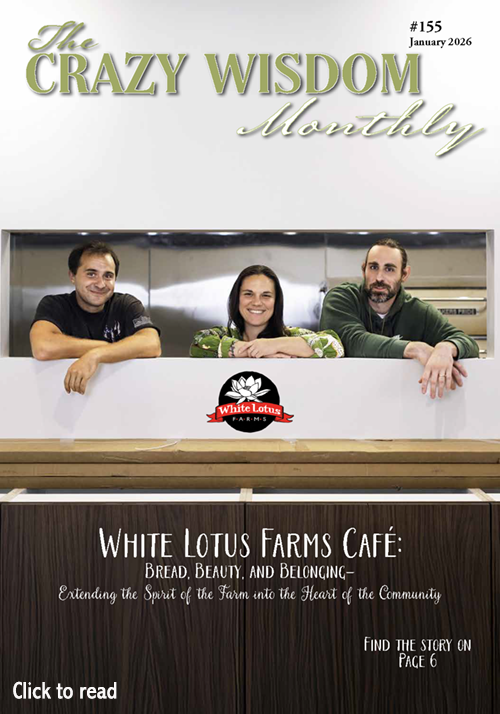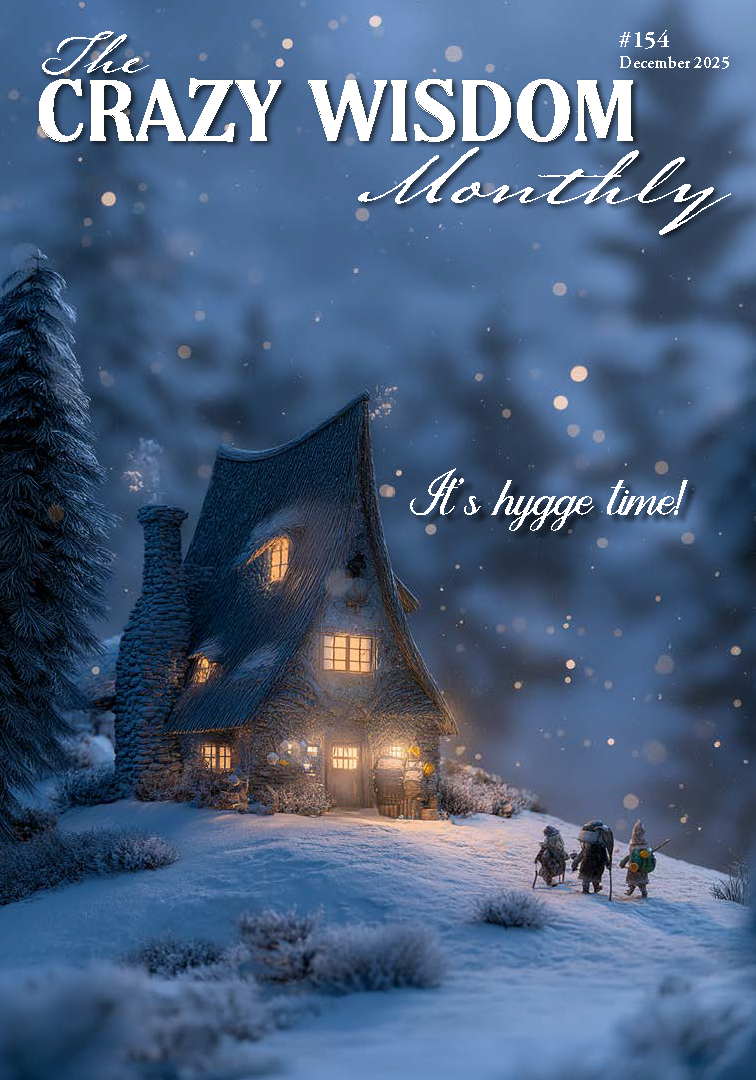By Sibel Ozer
“My belief is that art should not be comforting. For comfort, we have mass entertainment and one another. Art should provoke, disturb, arouse our emotions, expand our sympathies in directions we may not anticipate and may not even wish.”
***
Recently, I was invited to take part in an exhibit presented by artists and healers in a local hospital setting. The exhibit was called Art Heals. A few days after a lovely opening reception, I received an email from the executive office informing me that they removed 2 of my 11 paintings. They had received a lengthy message from a patient who complained that the exposure of breasts was offensive.
My initial response was to laugh that I could offend someone with images of breasts that I no longer had myself! Then, I couldn’t help but think back to the premise of this exhibit, which was prepared and displayed by the hospital that ended up deciding to remove the images:
Art has long been used for healing. Healing does not erase a wound, but does create something new. Similarly, art can help those who are suffering to make a new relationship with what they have experienced. Art can communicate a person’s pain to others and increases the chance of understanding. The hope is that a work of art will help those who view it understand a person’s world from the inside.
I’m not sure if this qualifies as art censorship, but more as a dilemma the hospital administration had to grapple with, wanting to make space for art that is healing on the one hand, and having to face the reality of offended patients on the other. Given that they are not running an art gallery but want to bring healing images to patients, families, and staff that walk the corridors of the hospital, it is understandable to remove offensive breast imagery.
I still couldn’t stop pondering about freedom of expression, art censorship, my ideals about what is and isn’t, should and shouldn’t be offensive. And how it’s all relative. In the end, I felt the need to respond and reveal more about the background of my imagery, especially and ironically because it is October — Breast Cancer Awareness Month.
My cancer story is not a bad one in that I was diagnosed early on thanks to routine mammography, and have been cancer free following mastectomy and reconstruction surgery.
At least for now…
There is a risk of recurrence and that is hard to hold when it takes center stage in my mind. My brush with mortality has been more positive then negative overall, since I am healthier, more focused, grateful, and present. There is even an upside to recurrence anxiety, which is the prevention of habituation to death denial.
One of the hardest parts of my journey was the social dimension, initially telling friends, family, colleagues, and clients. Then, it was the delegating of my responsibilities during recovery and the mental musings around the causes of cancer and the imagining others’ conclusions that found me guilty. The pain and recovery was harder than I’d imagined it, but I’m pretty resilient when it comes to that. Coming to terms with the loss of my breasts is more private, and wouldn’t have been something I write about if it hadn’t been for the take-down of my paintings. I feel it is my duty as an art therapist as well as my choice as an individual to say more.
Four of the 11 paintings included aspects of processing the loss of my breasts.
1. The angel at the crossroads was about being witness to my thoughts and emotions, practicing what I preach about mindfulness, and not believing in untrue thoughts, as well as trusting that emotions would eventually pass.
2. In this one, my spirit guide, the horse, is accompanying me through the pain of recovery, assuring me that all will be okay at the end.
3. Gypsy woman was a gift from my unconscious to inform me that there were more tears to be shed regarding my first son’s leaving for college. I notice his absence in the rooms of our house; feel his absence in my body. The pregnant woman on the lower left emerged from the background, reminding me that I saw my first flamenco dancer in Spain while I was pregnant with him. The gypsy woman on the right is a celebration of a responsibility fulfilled (“good enough mothering”), and of increased freedom. As the body of the gypsy woman came into being, I hesitated about what to do with the breasts. She required me to sit with the reality of the loss of a sexual organ, a part that played into my beauty and desirability, now covered with scars. The vines appeared as a way to acknowledge the truth without the need to expose her scars, or loss of nipples.
Sometimes the beauty I create makes me feel better about myself in return, one of the many ways art can be healing.
4. Then came Morgana, which involved a deeper exploration of what it all signified. Could I really be whole, feel whole with essential parts missing? The single breast Morgana has, ended up being the symbol of my wholeness. I thought about all that breasts represent: desirability, fertility, productivity, creativity and how these continue to be present in my life. That I can see beyond the body, to the purpose and the symbol and recognize that all that matters is still there and in abundance.
I come from a Middle Eastern democracy where the dominant religion suggests (or is often interpreted to suggest) that women’s hair can be seductive, is therefore offensive, and as a result should be covered. When my grandmother’s generation was granted the “dress revolution” that gave women permission to remove their scarves and adopt European fashions, it was considered a step towards greater freedom. I spent a year in France and Germany and have been assuming that the depiction of sexual organs in art, male or female, is a non-issue. That the general public is not as sensitive as in my country of origin when it comes to what in reality is private and sensitive. That the exploration of nudity in art is acceptable in the West… And so it is in the art world. But ideals and reality can often be at odds in different segments of society.
May all our sympathies whether we are offended or uplifted be expanded through the month of breast cancer awareness and beyond. Maybe it is their potential to offend that makes their loss all the more potent.
Sibel Ozer is a licensed professional counselor and board-certified art therapist. You can contact Sibel at he-artspace@hotmail.com.













































































































































































































I was hesitant to share my latest painting as my ingrained skepticism rears its head whenever angels appear, making me feel childish that I paint them. I grew up in a household where rationality ruled; the fantastical was accepted as part of the arts, but not necessarily respected. The intelligence of people of faith was questioned in principle, and my innocent curiosity was frequently ridiculed. I think it is rather miraculous that my spiritual interests and seeker tendencies weren’t wiped out altogether. In some of us, the yearning for a relationship with the Divine is strong—no different than a love of the arts or a passion for music is in others—and therefore hard to extinguish.